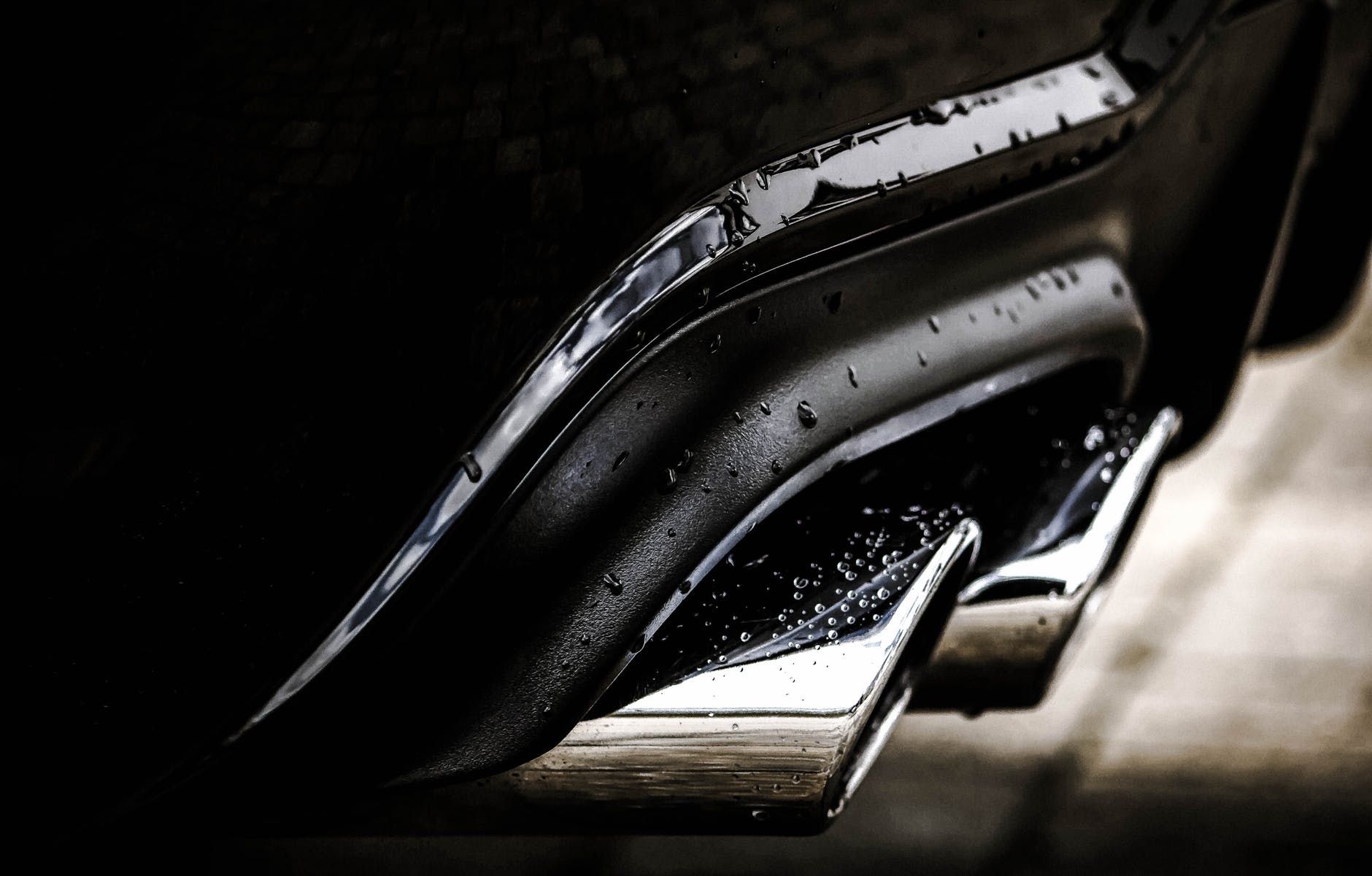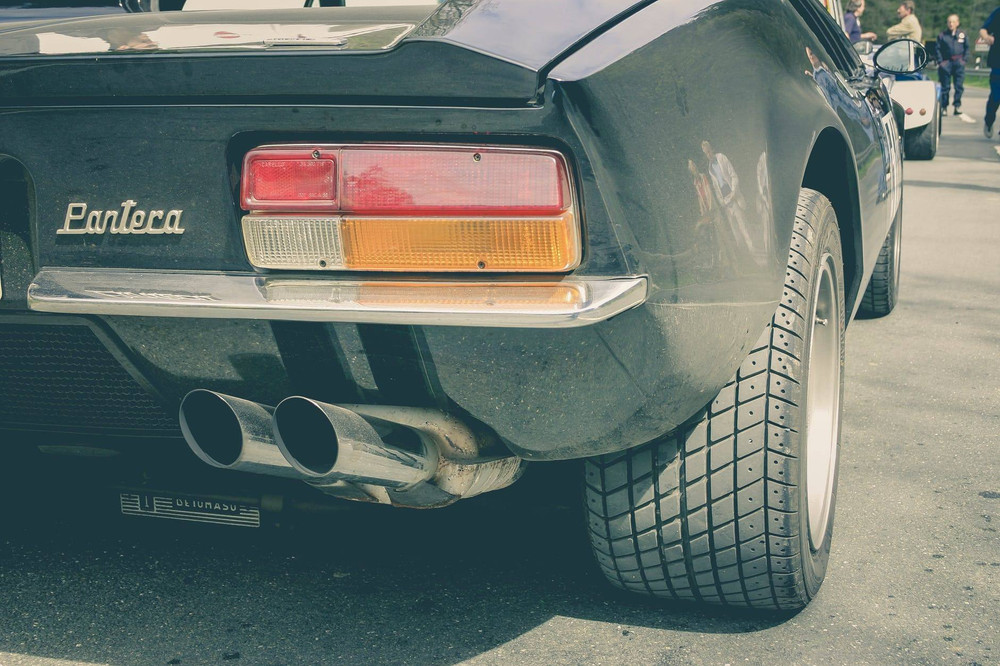A Quick Guide to Roll Bending for a Perfect Bend | JMC Auto
Posted by Juan E. Chavez on 1st Apr 2019
Roll Bending Basics: Making a Perfect Bend
Every technician needs a roll bender, whether it's Baileigh's manual or an automatic one. The tool helps you with metalworking projects, allowing you to bend tubes, big and small. But how can you achieve the perfect bend with your roll bender?
What to Consider

There are four variables to achieving the perfect bend: tube material, tooling, lubrication, and the machine. Let's start with the fundamental terms first.
You have to know the properties of the pipe or tube you're dealing with. For example, pipes function to transport either air or fluid, and they vary depending on their nominal pipe size. But that's not all there is to it.
You also have to consider the tube or pipe's nominal thickness, centerline radius, the outside diameter, and the wall thickness. These are all critical variables that you have to keep in mind and jot down before using your roll bending machine.
Keep in mind that the wall thickness may vary. Take that into consideration, especially when your preferred bending process is with precise, tight-fitting tooling on small bend radii.
The result also depends on the material you used. Consider the difference between copper and steel when it comes to springback. Copper has less springback than steel because it undergoes less radial growth.
Get a Good Tooling Setup
A good tooling setup is critical to achieving the perfect bend. Every tool you have will determine the outcome of your tube or pipe. Before proceeding with the task, consider the following tools:
- Mandrel: Remember to have a combination of hard and soft material. For example, a hard tube should go with a soft mandrel. Otherwise, the mandrel will stick inside the tube and ruin the entire process.
- Weld bead: A good tube needs a good weld for the right bending process. An inconsistent weld bead would most likely protrude into the tube's surface, affecting the mandrel, wiper die, and pressure die.
- Wiper die: Keep in mind that the position of the wiper die is crucial. Be sure to angle the die slightly little off parallel with the tube. In this way, its end touches on the tube right before the inside radius tangent point.
- Clamping die: The clamping die's length should be three times the tube diameter. While some technicians shorten this length to two times, it's not often advised. The shorter the clamp is, the more pressure it tends to put on a short section of the workpiece. And greater pressure means higher chances of deforming the material.
Tools contribute to the perfection of the bend you want to achieve. Apart from the basics and the equipment, a good and reliable roll bending machine completes the requirements.
At JMC Equipment, we've got a variety of machines.
Your Source for Reliable Equipment
Baileigh is every technician's go-to brand for metal fabrication needs. We have a variety of the brand's roll benders, such as the manual roll bender R-M3. The tool is crafted from the finest heavy steel plate to ensure years of productivity.
We also have:
- Baileigh manual roll benders
- Baileigh hydraulic roll benders
- Baileigh profile benders
Give us a call today for more details.
DON'T FORGET TO FOLLOW US ON SOCIAL MEDIA





